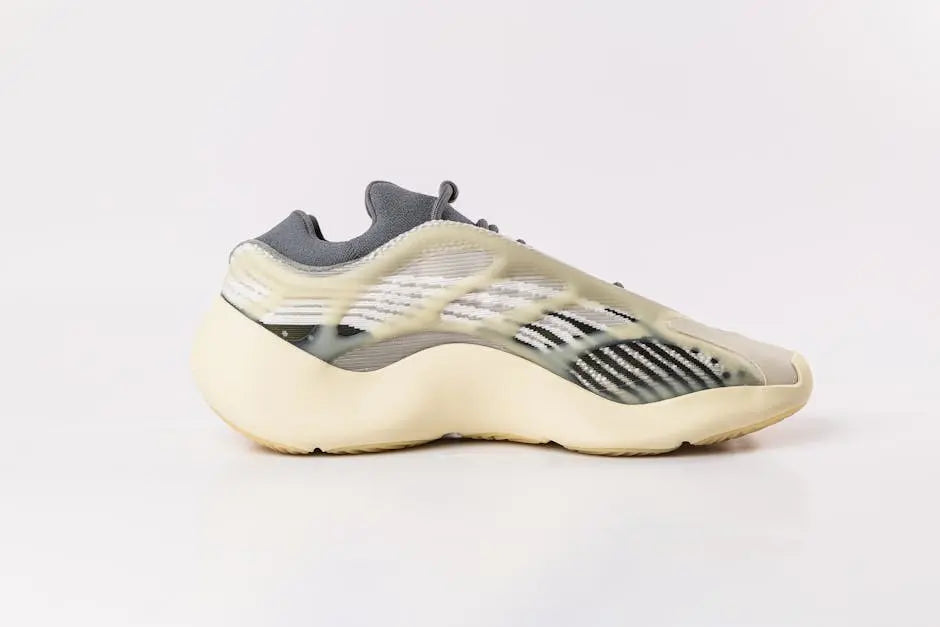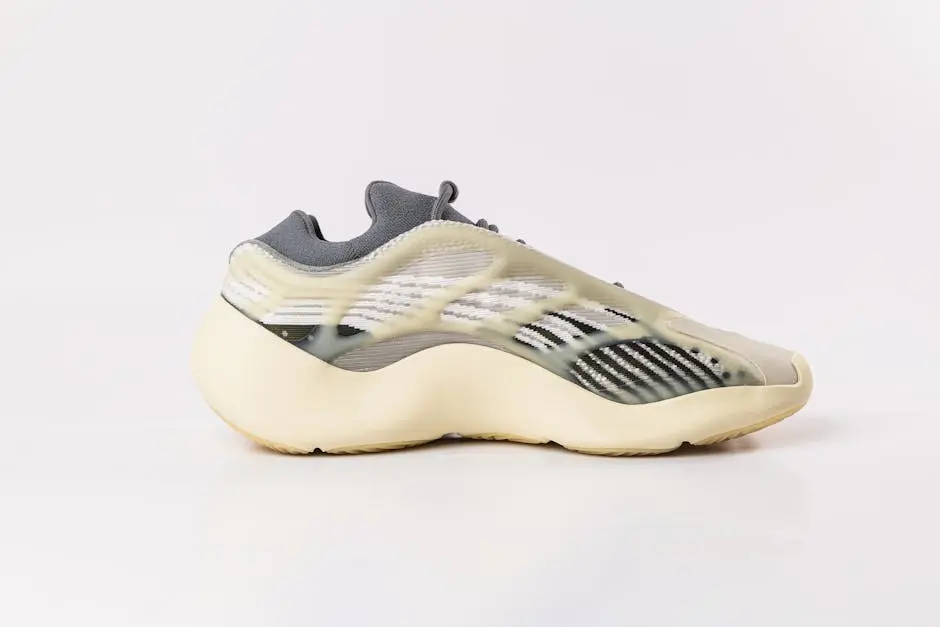
12 Features of Lightweight Sneakers That Mimic Barefoot Comfort
In recent years, the popularity of lightweight sneakers has surged, with many people seeking footwear that offers both performance and the natural comfort of being barefoot. These shoes blend innovative design with cutting-edge technology to provide an experience that mimics the freedom and flexibility of bare feet. In this blog, we’ll explore some of the key features that enable lightweight sneakers to achieve this balance, offering you insights into how they elevate your stride while keeping things simple and comfortable.
1. Adaptive Fit for Natural Movement
Many lightweight sneakers are designed with adaptive materials that conform to the shape of your foot. This feature allows for greater flexibility and a natural range of motion, which helps in mimicking the experience of walking barefoot. The adaptive fit ensures that the shoe moves with you, rather than against you, providing comfort and reducing the risk of blisters. Moreover, these materials are often paired with specific construction techniques that help the shoes accommodate dynamic foot movements.
The flexibility offered by an adaptive fit is not just about comfort; it significantly enhances performance for athletes and casual wearers alike. As your foot naturally swells and shifts throughout the day or during physical exertion, the conforming materials ensure that your foot remains supported without restriction. Brands are continuously innovating to improve this feature, with developments in materials technology promising even more tailored support and adaptability in the future.
2. Breathable Materials for Fresh Feet
Thanks to the use of breathable fabrics, lightweight sneakers allow air to circulate freely around your feet. This prevents the build-up of heat and moisture, keeping your feet cool and dry even during intense activities. The breathability of these sneakers is a nod to the natural ventilation your feet experience when barefoot. This benefit is increasingly important as more people incorporate fitness routines into their daily life, requiring footwear that can perform under varying conditions.
Advanced mesh technology is often at the heart of breathable sneaker designs. These meshes are engineered to offer optimal air circulation while maintaining durability and structure. By facilitating airflow, they combat foot odor and reduce the risk of fungal infections, a common issue for closed shoes worn for extended periods. For athletes and outdoor enthusiasts, the combination of breathability and supportive design can enhance endurance through better temperature regulation.
Moreover, the strategic placement of breathable panels in these sneakers is crucial. Designers focus on incorporating these elements where your foot generates the most heat, such as the arch and forefoot areas. This careful consideration of airflow ensures comfort across various climates and activity levels, proving that the simplest features often make the biggest difference in user experience.
3. Minimalistic Cushioning for Ground Feel
Instead of bulky cushioning that can interfere with your connection to the ground, many lightweight sneakers offer minimalistic cushioning. This type of cushioning provides just enough support to protect your feet without compromising the tactile feedback that’s important for balance and coordination. By maintaining a closer connection to the ground, you’re better able to navigate different terrains with confidence.
Studies demonstrate that excessive cushioning can alter natural gait patterns and lead to strain-related injuries over time. The minimalistic approach encourages proper foot mechanics by allowing the foot’s arch and muscles to engage correctly. This approach is particularly beneficial for those transitioning from traditional to barefoot-like footwear, offering a balance of protection and natural movement.
4. Flexible Outsoles That Bend with You
A defining feature of lightweight sneakers is the flexible outsole. These outsoles are designed to bend and flex in multiple directions, allowing your feet to move freely without restriction. This flexibility closely mimics the natural movement of your feet when walking barefoot, supporting a more natural gait. It’s like a dance between your feet and the ground, ensuring each step is in harmony with your body’s natural rhythm.
The technology behind flexible outsoles often involves materials such as rubber or EVA foams, which can adapt to various surfaces while maintaining their structural integrity. The engineering focuses on maximizing movement freedom, critical for both active sports and everyday comfort. With innovations in outsole designs, these sneakers allow for more organic foot articulation crucial for agility and balance.
5. Zero-Drop Design for Natural Alignment
Lightweight sneakers often feature a zero-drop design, meaning there is no height difference between the heel and the forefoot. This encourages a more natural walking and running posture, promoting better alignment and reducing strain on your joints. By closely mimicking the experience of walking barefoot, zero-drop shoes support the skeleton’s natural alignment.
Adopting a zero-drop shoe can aid in preventing common issues such as shin splints or lower back pain. By ensuring even weight distribution across the foot, wearers may experience reduced pain and fatigue following prolonged wear. Health experts often advocate for zero-drop shoes for enhanced postural benefits across various activities, making them suitable not just for athletic endeavors, but also everyday wear.
- Choosing a selection results in a full page refresh.
!






















































